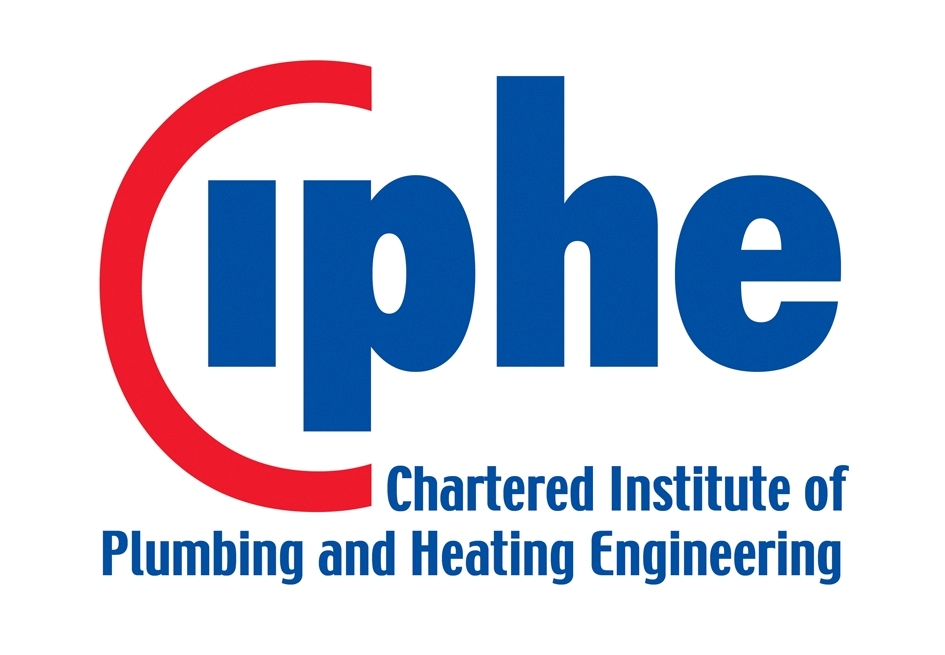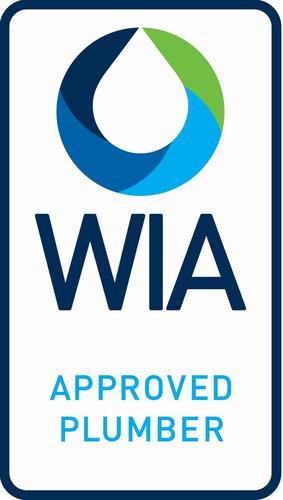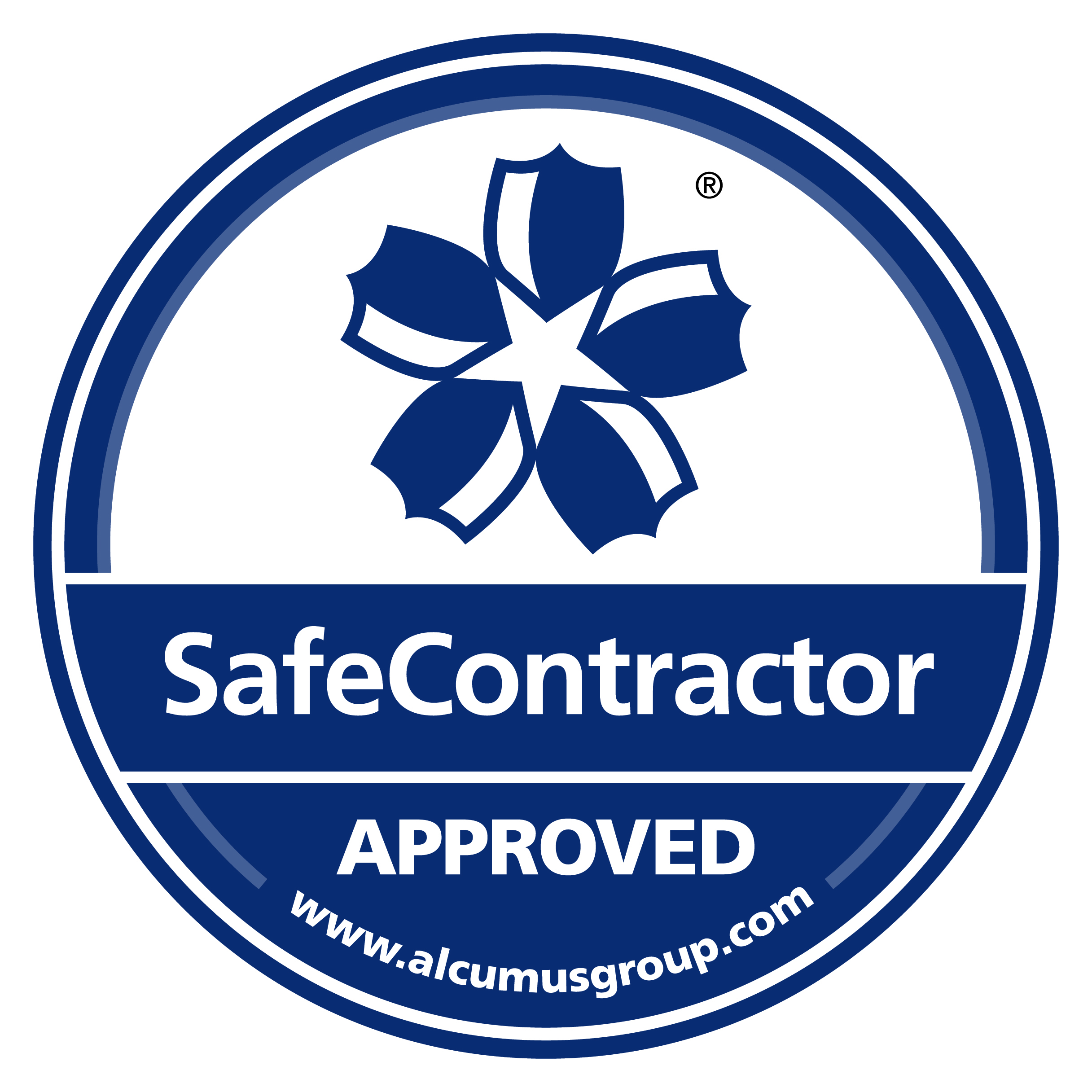2012 saw an unprecedented shortage of water despite a rain filled summer and little sun. It was hard to listen to the environmental agency insisting on the continuance of hose-pipe bans across the UK when there was no real summer and persistent rain.
All that is a distant memory as now we are in the middle of winter.
The use of water is becoming an increasingly “hot” topic and 2012 served only to hi-light the blight of our infrastructure and its inability to cope with the demands being placed on it.
How do we become more efficient with water usage?
With a growing population and a change in our lifestyles there has been a steady increase on water usage of 1% year on year.
One of the many solutions currently under review would be to invest heavily in the system of reservoirs and pipework to increase capacity and eke out leaking water pipes.
Another option is to influence people’s water consumption through the adoption of more efficient products and a change in attitude to water usage.
How do we do that?
40% of homes in the UK have a water meter which is a proven way to raise awareness among consumers as to the amount of water they are using.
Installing water meters has served to make the consumer conscious of water consumption therefore they are more likely to think of ways in which they can reduce water usage.
There has been a further drive to regulate water usage by a change in the building regulations. Part G came into force in 2010 for all new build homes stating that in terms of water efficiency “reasonable provisions must be made by the installation of fittings and fixed appliances” and a new standard of a maximum of 125 litres per person per day for new homes was also included in Part G.
The average person currently uses 150 litres of water a day.
Bathroom manufacturers are designing new products that help the homeowner use less water without having to consciously think about it saving water.
As much as 70% of water in the home is accounted for by bathrooms.
Simple aesthetic changes are making a difference – refining the shape of the bath or creating a shallower wash basin can account for a huge reduction in daily consumption of water. Another innovation is the use of “eco click technology” on taps which creates two flow rates, a lower flow rate for general washing functions such as washing hands or brushing teeth. When there is a requirement for a faster flow rate then the tap is clicked into the faster flow position.
There is the potential for households to save 32 litres per day. Toilets can also save significant amounts of water by limiting the fill of a cistern as well as adding dual flush capability that can use as little as 3 litres.
The bathroom industry is working hard to redesign W.C.’s to make them water saving friendly by minimising the full cistern capacity to just 6 litres that could represent a saving of 60 litres a day.
Redesigning baths that retain the water temperature reduces the likelihood of the user topping up the bath with more hot as it gets cold. Of course there is still a long way to go in the industry and it doesn’t just stop with the householder.
Office buildings, Industrial premises, schools and hospitals can all lead the way by adopting similar practices. Employees and consumers alike need to be educated to remember to turn off the tap when finished with and the installation of dual flushing in public areas such as Airports and Hotels has made the consumer more aware of the need to save or rather not WASTE water water unnecessarily.











